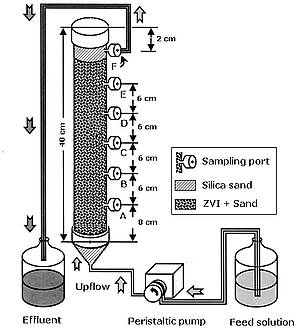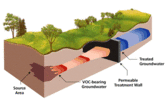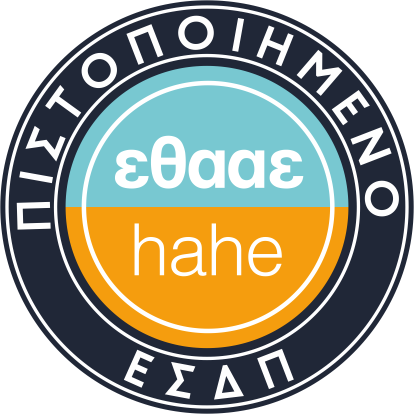The Project
Project objective and expected final results
The objective of the project is the optimization of the operation of Permeable Reactive Barriers (PRBs) (in situ technique) and Anaerobic Baffled Reactors (ABRs) (ex situ technique) for the treatment of acidic leachates containing inorganic and organic contaminants; the ultimate goal is the prevention of surface and groundwater contamination. Other important objectives are training of young researchers, strengthening of the cooperation between the two involved institutions and dissemination of project results.
The research objectives of the proposal include:
- Extraction of kinetic data and optimization of both type reactor operation
- Assessment of the longevity of the systems (in case of PRBs)
- Identification of the optimum residence time for each contaminant and each concentration studied by considering a number of parameters
- Study of cheap industrial byproducts as reactive media (in case of PRBs)
- Prediction of the environmental fate of contaminants vs. time
- Prediction of the environmental fate of contaminants / progress of the reaction front vs. time (in case of PRBs)
- Geochemical modeling of the processes involved, identification of phase saturation indices (in case of PRBs)
- Use of analytical techniques (SEM, EDX, IR, XRD, TG-TDA) for the identification of newly formed phases and in depth analysis of involved mechanisms (in case of PRBs)
Other important objectives are: training of young researchers, strengthening of cooperation between the two institutions involved as well as between Greece and Turkey in general, and dissemination of the project results.
Materials used – contaminants to be studied
As reactive materials zero valent iron (as chips or granular), red mud, fly ash and organic materials (e.g manure, compost, wood chips) or their combinations will be used. Silica sand will be used as inert material when needed to optimize flow conditions.

Contaminants studied will be As3+, Mn2+, Cr6+ and phenols; these contaminants are difficult to remove from solutions/leachates and threaten the quality of surface and groundwater in both Greece and Turkey. Arsenic is present in AMD, in case arsenopyrite exists in flotation tailings and waste dumps, manganese is a common contaminant in coal mining and waste disposal sites and is extremely difficult to be removed due to valence changes vs pH, while chromium is present in a series of acidic industrial effluents (e.g tannery wastes). Phenols will be exceptionally studied by the Greek team since they are common pollutants present in olive oil mill wastewaters; disposal of these last wastewaters in lagoons, streams and rivers causes substantial problems to the water quality in both countries (and especially in the region of Crete). Limited studies are seen in literature regarding these contaminants; arsenic has been studied more extensively using zero valent iron PRBs, as seen in reference list.
Research in Greece and Turkey
The Greek team will study optimization of PRBs.
The Turkish team will study optimization of ABRs (in detail in the proposal submitted in TUBITAK).









